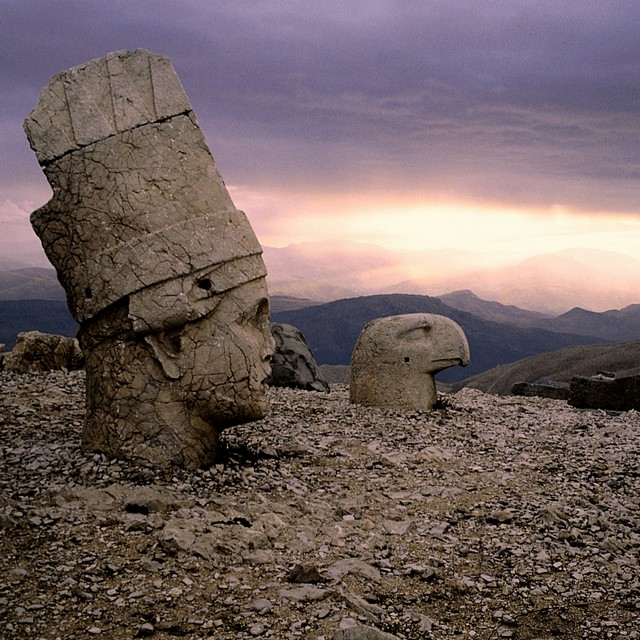
Silk Road through Turkey
Turkey
Silk Road | Culture
Ancient trading routes, historic battles and striking scenery
£2,595 pp
This is the per person group tour price, based on 2 sharing. The price is subject to change with exchange rate and flight cost fluctuations.
14 days
